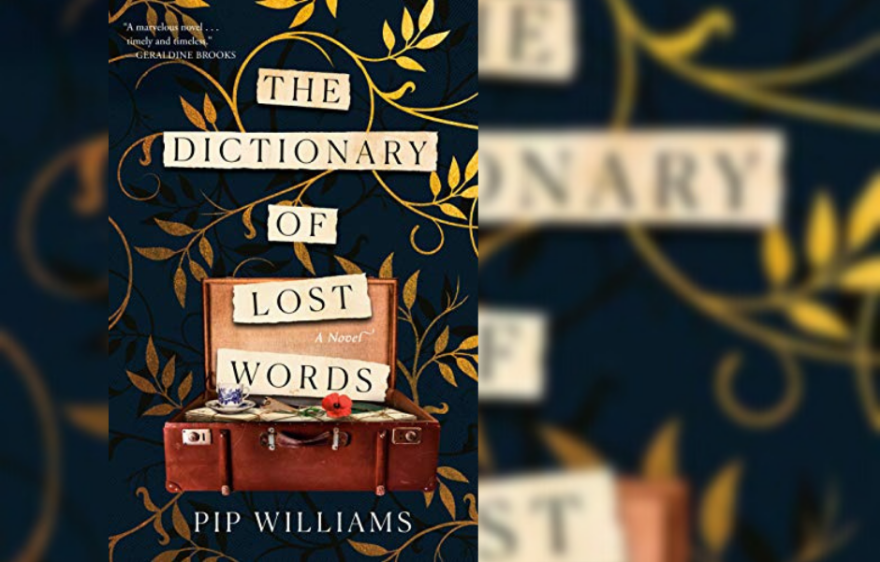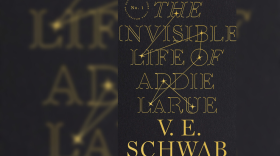"You once made the observation that some words were considered more important than others simply because they were written down. You were arguing that by default the words of educated men were more important than the words of the uneducated classes, women among them. Do what you are good at, my dear Esme: keep considering the words we use and record. ”
I’m Betty Martin with "Martin’s Must Reads" and that’s an excerpt from Pip Williams’ novel The Dictionary of Lost Words. The story begins in 1886 when, Esme, a motherless child of seven, spends her afternoons in the British Scriptorium with her father, a lexicographer for the Oxford English Dictionary.
The Scriptorium is an ugly corrugated structure on the property of James Murray, one of the editors of the dictionary. The novel follows the next forty years of Esme’ life, both her career at the Dictionary and her personal life of love and loss, all behind the backdrop of the Suffragette movement and World War II.
Esme comes to realize that there are many words relating to women that are deemed not important enough to be included in the dictionary. She collects these words and stores them in a box that she labels “The Dictionary of Lost Words.”
The epilogue takes place in 1989 at a meeting to celebrate publication of the second edition of the Oxford English Dictionary, sixty-nine years after the first one. In her author’s note, Williams wrote, “This book began as two simple questions: Do words mean different things to men and women? And if they do, is it possible that we have lost something in the process of defining them?”
If you’re looking for a well told story about the Oxford English Dictionary, then you must read The Dictionary of Lost Words by Pip Williams.





